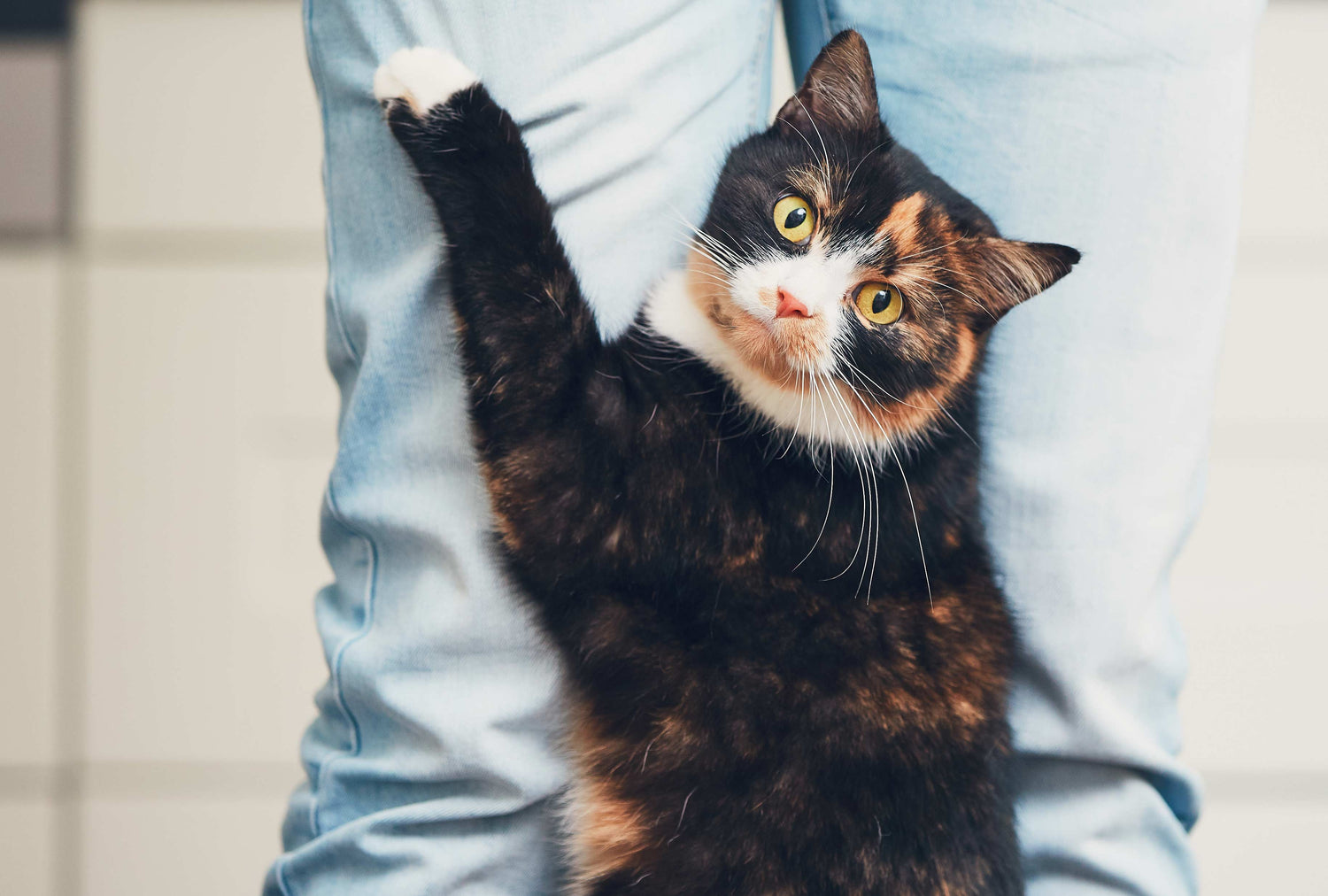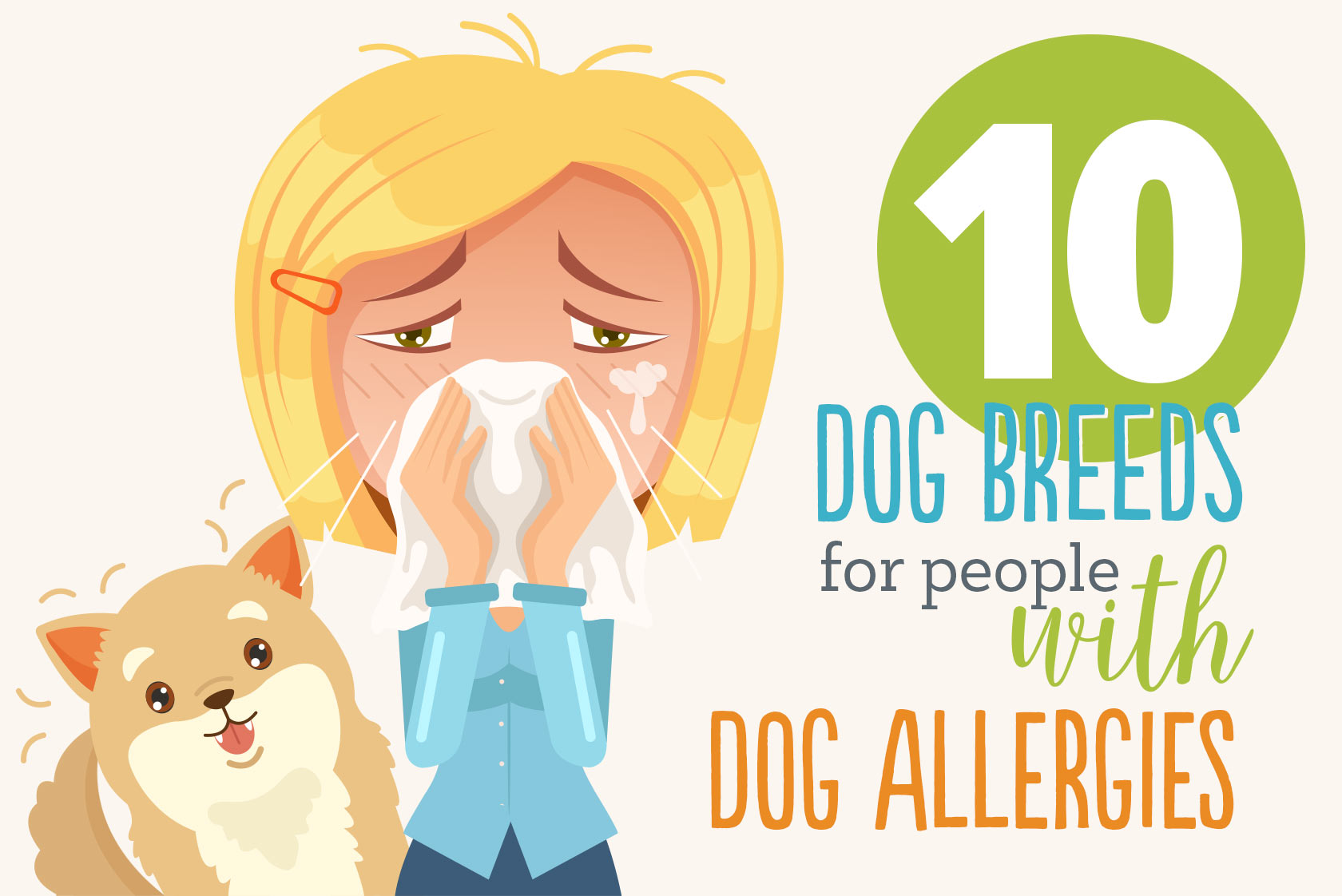Guest Blogger: Happy Customer Mary M.
When I moved out of my parent’s house, I did what every sensible 19-year-old single lady does: I adopted a cat.
Admittedly, there were a few things I wasn’t prepared for in my newfound role as cat mom.
The first was the sheer number of “crazy cat lady” jokes I’d have to endure around my family. ALL. THE. TIME.
The second was all the cat gifts. From fridge magnets to fluffy socks, it wasn’t long before my apartment looked like a wall-to-wall cat gift shop. (This didn’t exactly help my “I’m not a crazy cat lady” defense.)
But the biggest surprise was in caring for my cat, Simon. Sure, I had the litter box drill down pat and I was a beast at playing flashlight tag, but I wasn’t prepared when I first smelled my cat’s super-stinky breath.
I’ll be honest: I’d never given cat dental care a second thought before then (even as Simon would perch on the edge of the tub and glare at me while I brushed my own teeth). It was that bad cat breath that made me take a closer look at my cat’s smile … and when I did, I was shocked to see how much yellowish-brown tartar buildup was on his teeth.
And so just like that, my journey into cat dental cleaning began …
The Truth About Tartar Buildup and Cat Dental Care
Here’s what I discovered right away (through a hefty hit on my wallet): tartar is like the point of no return when it comes to cat dental care. It’s when you can’t clean your cat’s teeth at home any longer and you gotta call in the professionals (the vet) to take care of it.
Why is that? Tartar is a totally rock-hard substance, so it needs special scaling tools to remove it.
The danger with tartar buildup is it causes gingivitis, which is simply a fancy term for gum disease.
If you look, you can actually see gingivitis inside your cat’s mouth. Normal cat gums should be a nice healthy pink with no swelling. If they’re red and inflamed, that’s gingivitis.
Did you know? According to the American Veterinary Dental College, most cats (70%) have evidence of gum disease by age 3!
Here’s the good news: gingivitis is the first stage of gum disease and it’s easily remedied. Left untreated, gingivitis advances into periodontal disease, which is NOT reversible. (To learn more about the stages of gum disease, check out this blog post: The 4 Stages of Periodontal Disease in Pets.)
Additional signs of gingivitis in cats:
- Bad breath
- Cat is dropping food from its mouth
- Cat is only chewing on one side of its mouth
- Weight loss
Cat Dental Care 101: Stop the Plaque Attack
Not gonna sugarcoat it: cat teeth cleaning isn’t cheap! (The average cost today is $400!).
That makes the saying “prevention is the best measure” a literal gem of advice … and it all starts with removing plaque from your cat’s teeth.
Plaque is a sticky, clear substance that naturally forms after your cat eats. When plaque isn’t removed, it hardens into tartar within a matter of days.
Removing plaque from your cat’s teeth is the KEY to keeping your cat’s teeth and gums in good health, preventing tartar buildup, and avoiding the sting of expensive cleanings.
The Pawsitives of Cat Dental Cleaning
- Bye-bye, Cat Bad Breath: Bad breath is often the first warning sign of gingivitis in cats. A mild, fishy scent is normal. Anything stronger than that is not.
- Pain: Inflamed gums hurt! Sadly, it’s a cat’s instinct to hide its pain, so you may not even know if your cat is suffering.
- Cat Teeth Problems: As gum disease progresses, the teeth can actually pull away from the gums, leading to tooth loss.
- Shorter Lifespan: Bacteria from periodontal disease can travel from the cat’s mouth to the bloodstream, affecting organs like the heart, liver and kidneys. That’s why periodontal disease is known to decrease a pet’s lifespan by 2–5 years!
2 Options for Cat Dental Cleaning
1. Brush Your Cat’s Teeth
This is the tried-and-true, old-school way to keep plaque off your cat’s teeth. And while cat tooth brushing may seem like it would be Scratch n’ Hiss Fest 2018, when you take it slow, it really can be something your cat gets used to, and even looks forward to! Check out this blog post to get the easy-peasy steps for brushing your cat’s teeth.
Word to the wise: don’t use your own toothpaste. Ingredients in it, like fluoride, can make your cat sick. You’ll want to have a special toothpaste just for your feline friend. This cat toothpaste is awesome because it’s non-toxic and soothing on inflamed gums.
2. Give Your Cat a Plaque-Fighting Water Additive
I have no shame in saying it: I opted for the easy, new-school route in caring for my cat’s teeth. I simply put a water additive into his water bowl each day for the same benefits of brushing in way less time. It’s tasteless, odorless and my cat is none the wiser about what I’m doing for his health.
OK, shameless plug: I love Oxyfresh’s Fresh Breath Pet Oral Care Solution because it’s powered by their PROVEN ingredient Oxygene® that fights plaque and bacteria. (Vets use and recommend it too, so you know it’s good stuff.)
Your Cat Will Thank You …
All those years ago, I made a choice: to just spend a few minutes a day on dental cleaning for my cat. I knew if it meant my cat could have more years, ones that were pain-free, it would be so worth it … and it was!Whether you brush your cat’s teeth or opt for a daily water additive, the point is, in taking care of your cat’s teeth, it can be one of the best gifts you ever give your pet.
Cat lady, out!
P.S. It’d be a little bit crazy not to share this post with your fellow-cat lovers, don’t you think?




